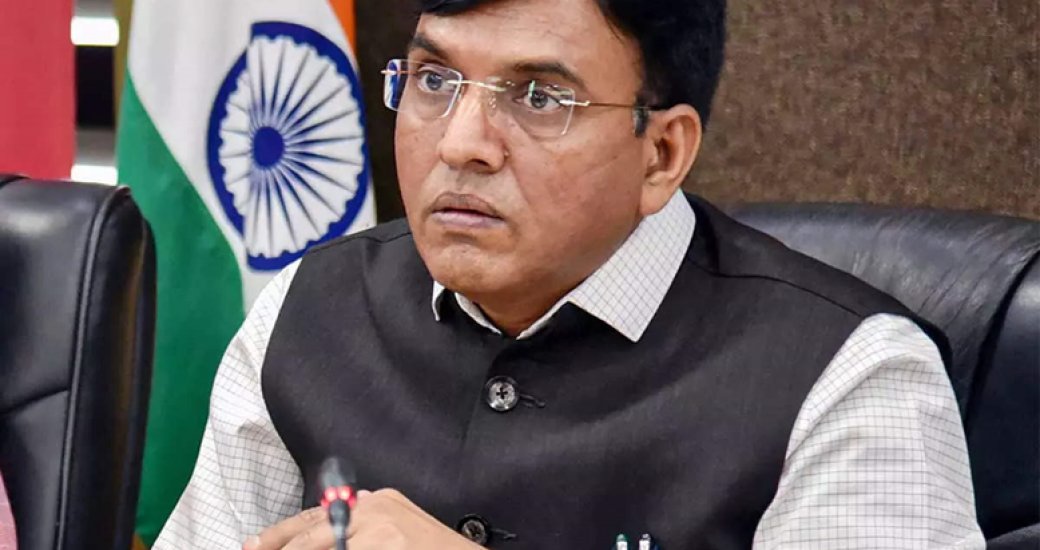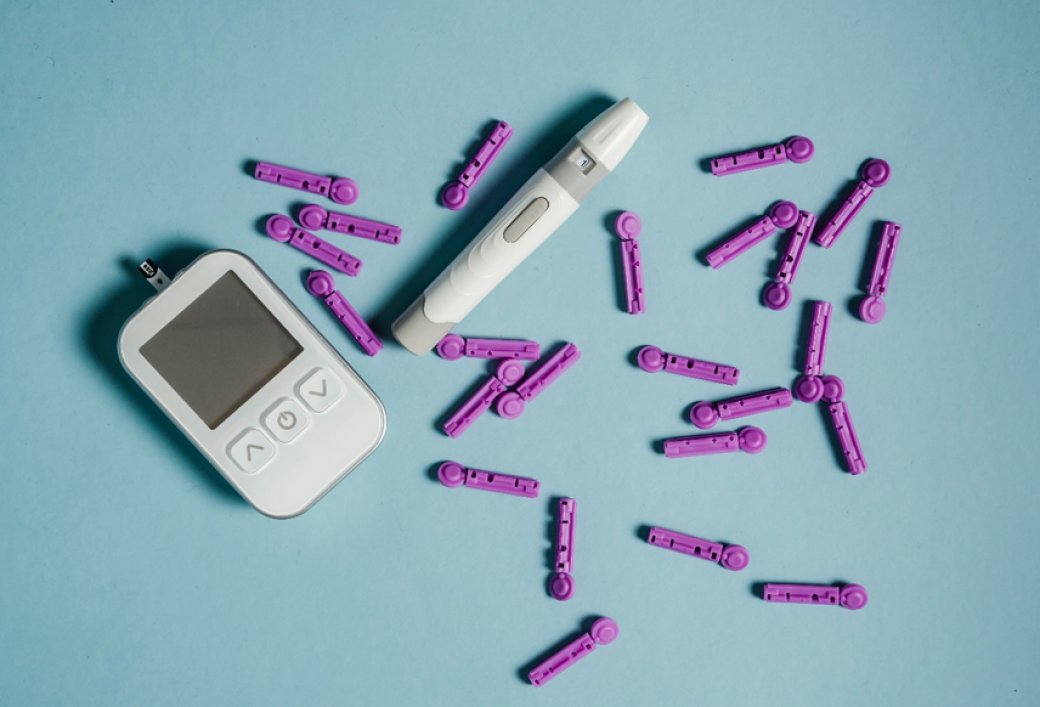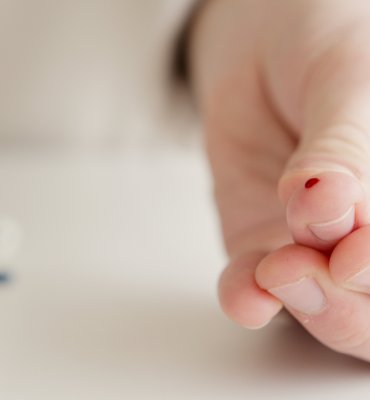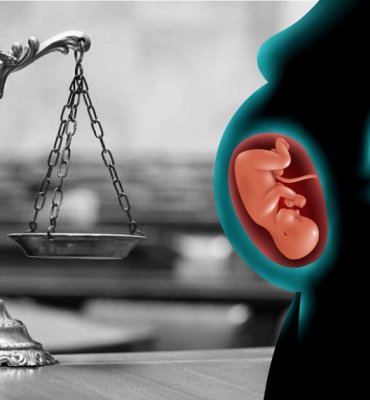
The Union Cabinet has approved the National Medical Devices Policy, intending to increase domestic production of these devices, thereby reducing the import of such equipment.
The government had floated an approach paper on the draft national medical devices policy for consultation in 2022.
The policy lays down a roadmap for accelerated growth of the medical devices sector to achieve access and universality, affordability, quality, patient-centred and quality care, preventive and promotional health, security, research and innovation, and skilled manpower.

The current scenario of the Indian medical device sector
The medical devices sector in India is a sunrise sector that is growing and is an essential and integral constituent of the Indian healthcare sector.
During the COVID-19 pandemic, India produced medical devices and diagnostic kits, such as ventilators, RT-PCR kits, infrared (IR) thermometers, PPE kits, and N-95 masks, on a large scale.
Electronic equipment, implants, consumables and disposables, IVD reagents, and surgical instruments are part of this multi-product sector. The medical device industry was largely unregulated until 2017 when the CDSCO issued the Medical Device Rules 2017.
India is Asia's fourth-largest medical device market after Japan, China, and South Korea and ranks among the top 20 medical device markets worldwide. India's current market share in the medical device category is 1.5% of the global market, or $11 billion (90,000 crores). The United States leads the global market with a 40% share, followed by Europe and Japan with 25% and 15%, respectively.
Need for the NMDP policy.
Inconsistent Regulations: One of the most significant challenges confronting the medical device industry is the complex regulatory environment. Manufacturers have to navigate inconsistent regulations with varying standards and wording, making understanding and compliance difficult.
Struggles with R&D: The adoption of cutting-edge technologies such as artificial intelligence, cloud computing, and robotics remains limited in the Indian medical device sector. Embracing these technologies could assist businesses in overcoming R&D, production, and distribution challenges.
Import Dependence: India relies heavily on imports for medical devices, which results in a high import bill and raises healthcare costs. To reduce reliance on imports, India must increase domestic manufacturing of medical devices and encourage sector innovation.
Access to Capital: Obtaining funding is a significant challenge for medical device startups in India, as investors are often hesitant to invest in a sector with a long gestation period and regulatory uncertainties.
Government Initiatives
The production-linked incentive (PLI) scheme promotes domestic medical device manufacturing. The NMDP 2023 will supplement the existing PLI schemes. The Indian government has already begun the implementation of the PLI Scheme for medical devices, as well as support for the establishment of four medical device parks in Himachal Pradesh, Madhya Pradesh, Tamil Nadu, and Uttar Pradesh.
To date, four projects totalling 37 products have been commissioned, and high-end medical devices such as the Linear Accelerator, MRI Scan, Mammogram, CT-Scan, C-Arm, high-end X-ray tubes, MRI Coils, and so on are being built domestically, with the remaining 12 products to follow soon. Five more projects were approved under Category B of the National Medical Devices Policy for the local manufacturing of 87 products/product components.
The Quality Council of India (QCI) and the Association of Indian Manufacturers of Medical Devices (AiMeD) launched the Indian Certification of Medical Devices (ICMED) 13485 Plus scheme in June 2021 to conduct verification of medical device quality, safety, and efficacy.
Key features of the NMDP 2023
The medical devices sector will be facilitated and guided through a set of strategies that will cover six broad areas of policy interventions:
Regulatory Streamlining: A "Single Window Clearance System" for licensing medical devices will be developed to make it easier to conduct research and business while balancing patient safety and product innovation. All relevant departments and organizations, such as MeitY (Ministry of Electronics and Information Technology) and DAHD (Department of Animal Husbandry and Dairying), will be involved in this system.
Enabling Infrastructure: Large medical device parks with world-class infrastructure will be built near economic zones. It will be carried out in accordance with the National Industrial Corridor Programme and the proposed National Logistics Policy 2021, and in collaboration with state governments and industry, to improve convergence and integration with the medical device industry.
Facilitating R&D and Innovation: The policy aims to promote R&D in India, in addition to the proposed National Policy on R&D and Innovation in the Pharma-MedTech sector. It also intends to establish Centres of Excellence in academic and research institutions, as well as innovation hubs, 'plug and play' infrastructure, and start-up support.
Attracting Investments in the Sector: The policy promotes private investment and Public-Private Partnerships (PPPs) to supplement existing programmes such as Make in India, Ayushman Bharat, Heal-in-India, and the Start-up Mission. This includes venture capitalist funding to help the medical device industry grow.
Human Resources Development: The policy seeks to ensure a skilled workforce in the medical device sector through skilling, reskilling, and upskilling programmes administered by the Ministry of Skill Development and Entrepreneurship. It will also support dedicated medical device courses in existing institutions to produce skilled labour for futuristic technologies, manufacturing, and research.
Brand Positioning and Awareness Creation: Initiating studies and projects to learn from best global practices in manufacturing and skilling systems, encouraging more forums to bring together various stakeholders for knowledge sharing, and establishing strong networks across the sector. The policy calls for the establishment of a dedicated Export Promotion Council for the sector, which will help deal with various market access issues.
Significance of the Policy
The policy is expected to provide the required support and directions to strengthen the medical devices industry into a competitive, self-reliant, resilient, and innovative industry that caters to the healthcare needs of not only India but also the world.
It envisions an accelerated growth path with a patient-centric approach and emerging as the global leader in the manufacturing and innovation of medical devices by achieving a 10-12% share in the expanding global market over the next 25 years.
With the new policy in place, the Centre aims to reduce India’s import dependence to nearly 30% in the next couple of years; and become one of the top five global manufacturing hubs.
The policy is expected to help the Medical Devices Sector grow from the present USD 11 Bn to USD 50 Bn by 2030.










